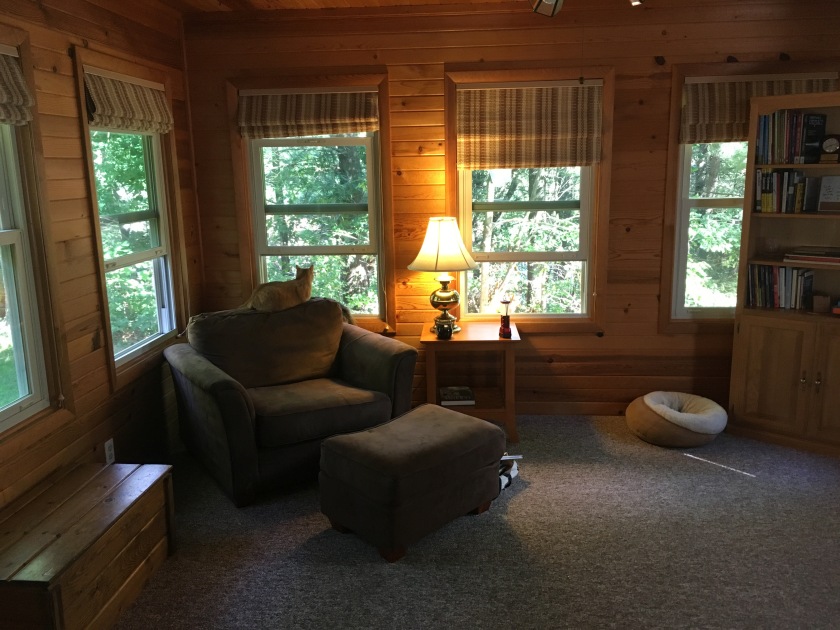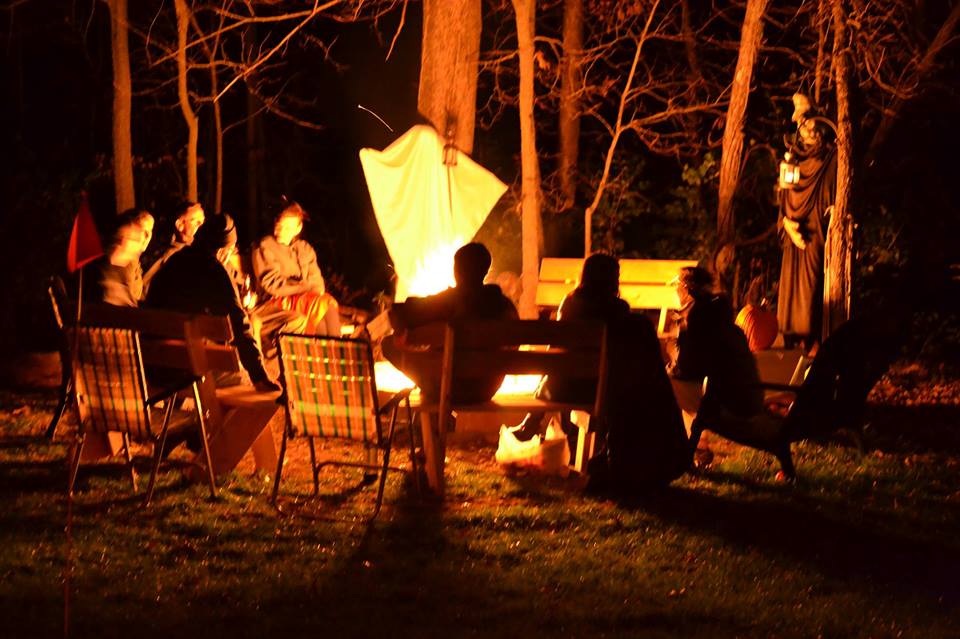Although it seems likely that losing track of the clock is not one of the major elements of enjoyment, freedom from the tyranny of time does add to the exhilaration we feel during a state of complete involvement.
- Mihaly Czikszentmihalyl, Flow: The Psychology of Optimal Experience
Right now I am keeping many plates spinning. There are multiple writing projects on the docket, a new job to prepare for that includes a move to a new town, and a family that deserves my attention. In addition, I enjoy all of my experiences online with others, learning together. Yet something has to give. Time is not standing still.
That is why I am taking a break from blogging, Facebook, and the 24/7 news cycle in August. It is necessary to pare down our tasks at times to focus on what is essential. Some friends of mine, Tammy Mulligan and Clare Landrigan, are doing the same thing with their blog Perspectives. Well known artists and creatives also take breaks from the Internet. John Green, author of The Fault in Our Stars, is going on a tech sabbatical. He shared this video as a rationale, titled The Distraction Economy:
If you would rather read about The Distraction Economy, check out this article by Tomas Chamorro-Premuzic for The Guardian. I also highly recommend Stop Googling. Let’s Talk. by Sherry Turkle for the New York Times.
When information is bountiful, attention is limited and precious.
– Tomas Chamorro-Premuzic
For longer fare on the topic of focus and attention, I wasn’t disappointed by reading Hamlet’s Blackberry by William Powers and Reclaiming Conversation, also by Turkle.
As I ween down my distractions, I have made a point of learning more about developing routines for my writing. The Power of Habit by Charles Duhigg and The Writer’s Guide to Persistance by Jordan Rosenfeld have been helpful guides. With regard to my role as a principal, The Together Leader by Maia Heyck-Merlin and Focus: Elevating the Essentials to Radically Improve Student Learning by Mike Schmoker look promising upon first glance.
Also important is the environment in which I write, work, and live. For instance, we converted our four seasons room into a device-free zone (at least for me and the cats). William Powers would refer to this as a “Walden Zone”, after Thoreau’s famed location:

As my position picks up in our new location, I won’t be able to work remotely as much. I discovered a cabin with no wireless or television through a community connection for a few temporary stays until we officially move in. I look forward to the solitude, although I will miss my family. Hopefully by shedding some connections in my life in August, I will increase my involvement, effectiveness and enjoyment in the tasks at hand.





